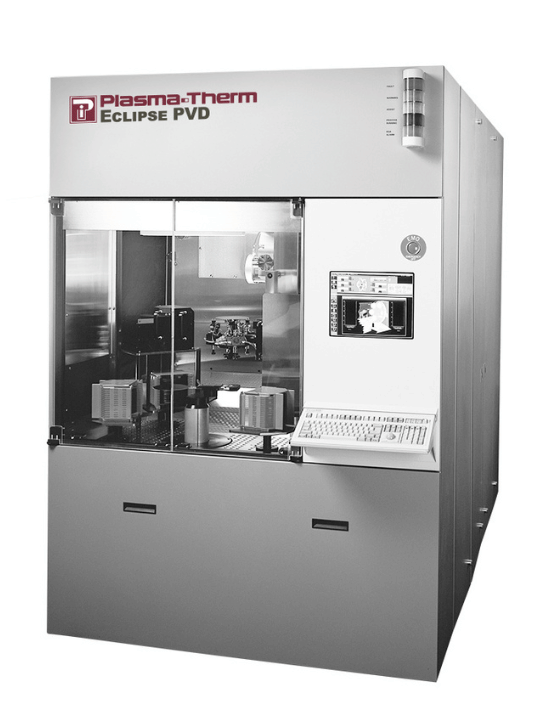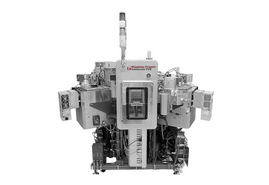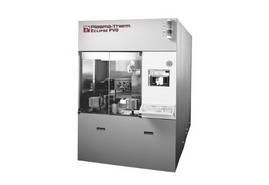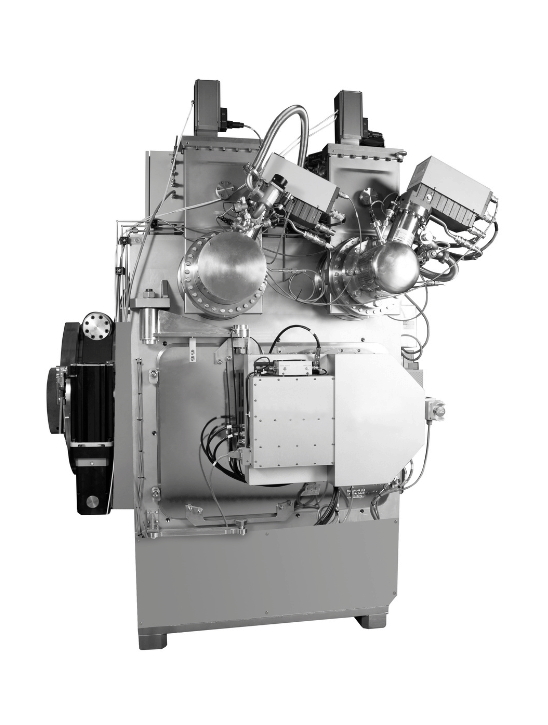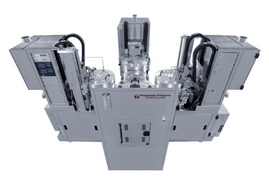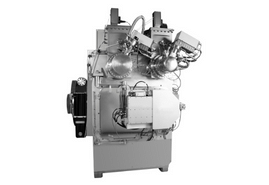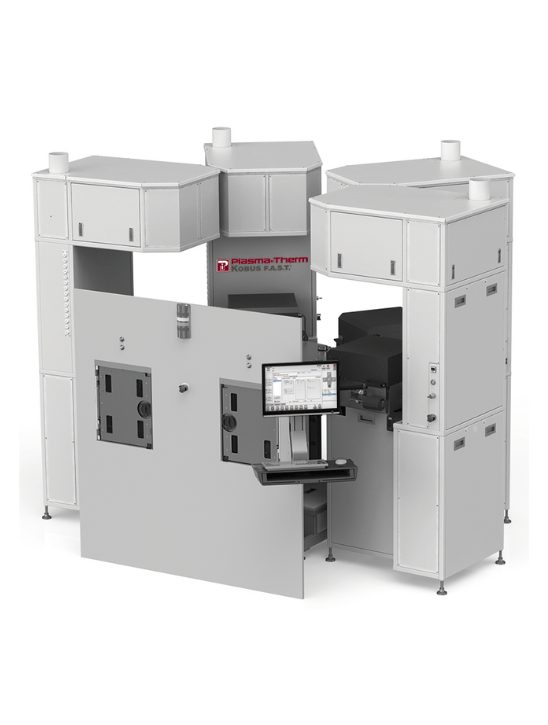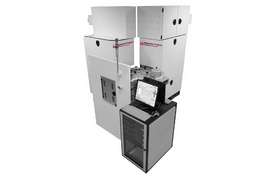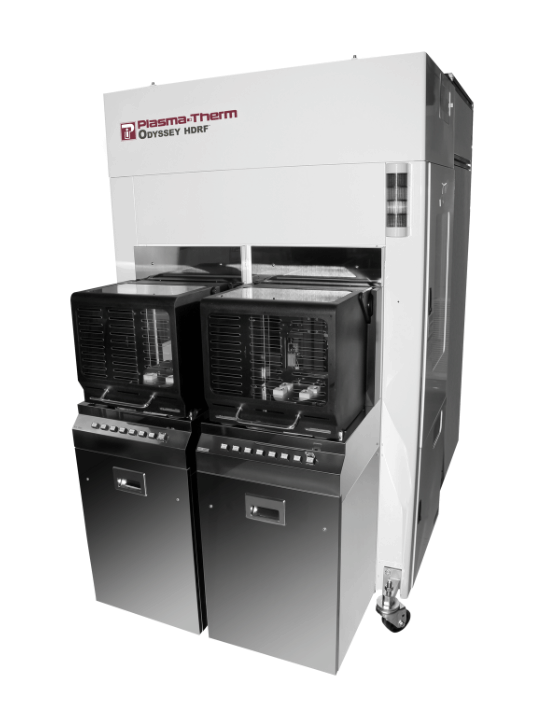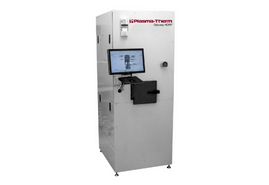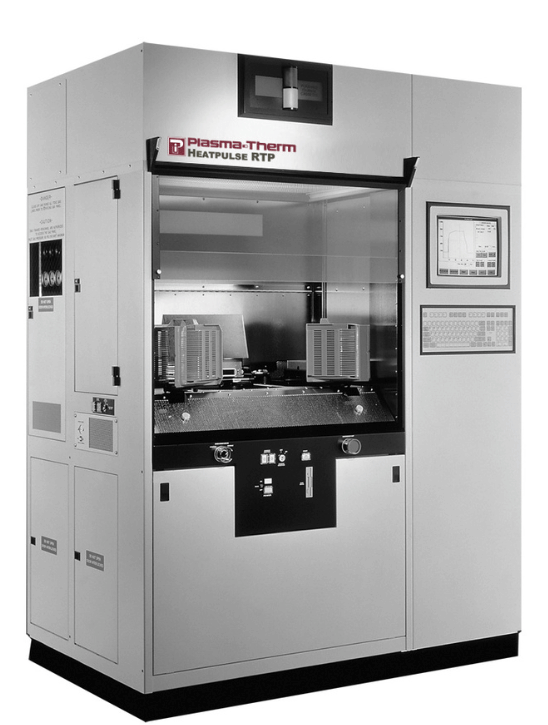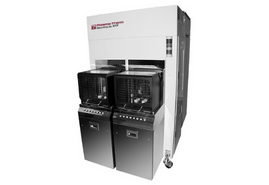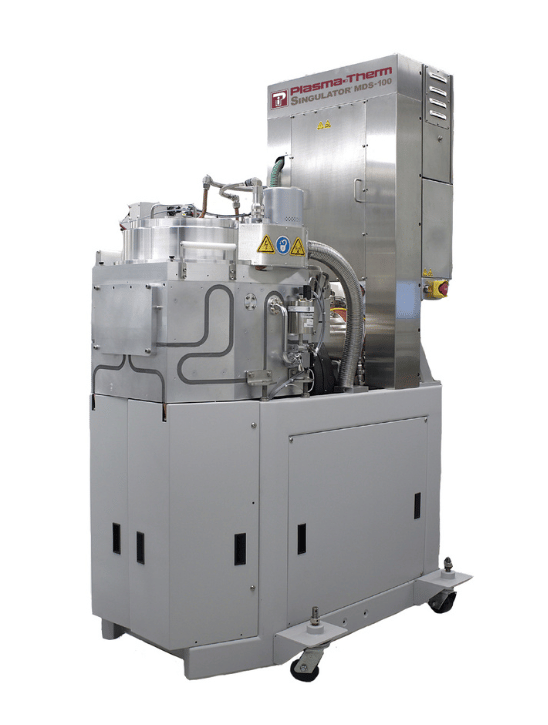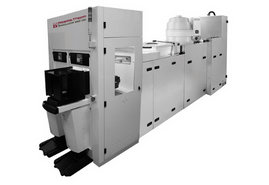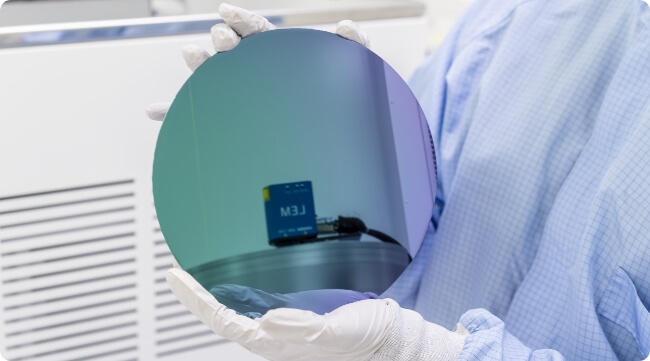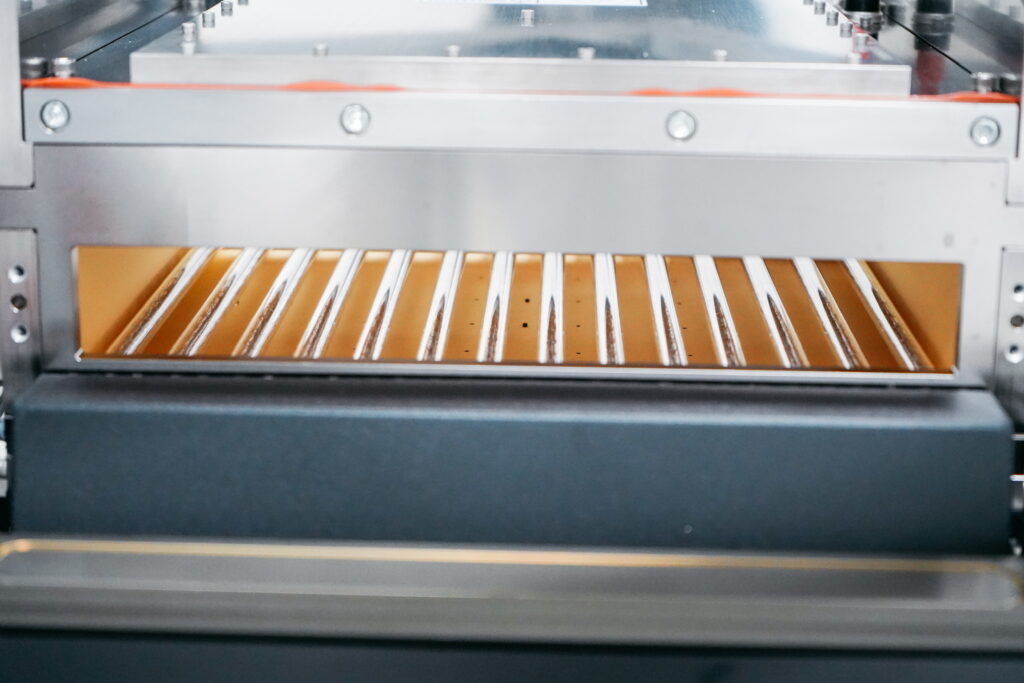Physical vapor deposition (PVD) sputtering provides a reliable, reproducible, clean thin-film deposition approach. Using plasma and the appropriate targets, it creates films that are used for diverse applications. These include contacts and interconnects for frontside and backside metallization, piezoelectric films such as aluminum nitride (AlN) for RF filters, and films for quantum computing.
While the plasma in PVD is like the plasma used for etching, in magnetron PVD systems ions are directed toward a target instead of the substrate. In response, the target ejects material that is destined for the substrate. Film properties are controlled with plasma power, target and substrate bias, pressure, and substrate temperature. The capability to add reactive gases gives the technology another dimension.
Specialty Films
Plasma-Therm’s® products, Endeavor™ and Eclipse™, can also be used to deposit specialty films, such as aluminum nitride (AlN) and scandium-doped aluminum nitride (ScAlN), which need to be dense and oriented in a certain crystallographic structure. Other films, such as titanium oxide (TiO2), tantalum oxide (Ta2O5), and vanadium oxide (V2O5), can also be made using reactive mode sputtering.
Sputtering Source
Both traditional magnetron and the proprietary dual-cathode S-Gun™ magnetron sources provide solutions as well.
EXPLORE TECHNICAL PAPERS
Want to learn more about this topic? Click here to review technical papers on PVD principles, practices and outcomes.
SEE ALL DEPOSITION PRODUCTS
To review all our deposition products, processes, capabilities, and brands, click here
NEED ASSISTANCE?
Let our experts help you customize our processes solutions for your applications.
